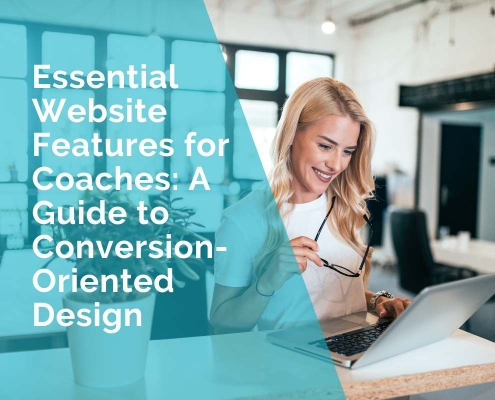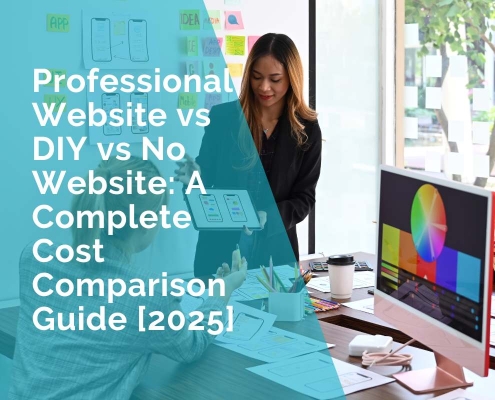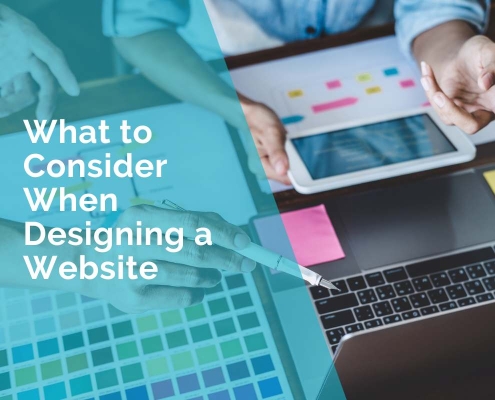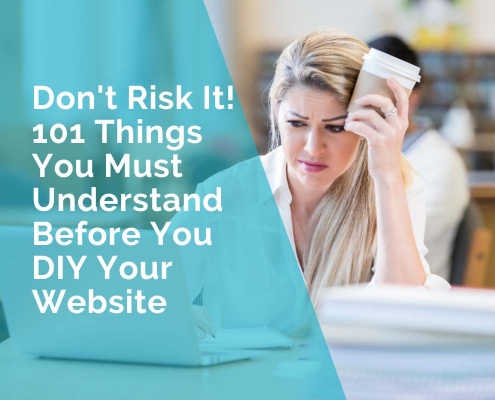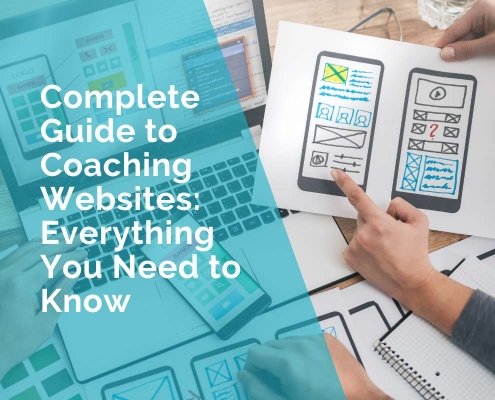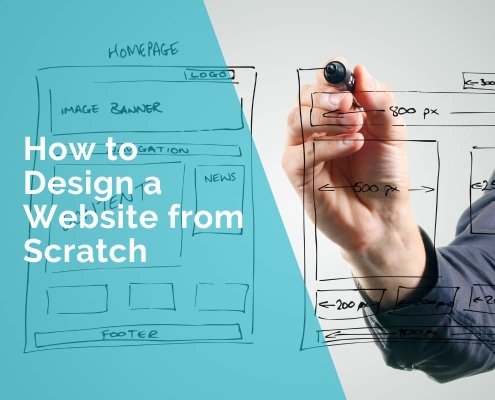How to Start a Clothing Business and Build Your Website with Elementor
If you’re starting a clothing business, having an attractive and well-designed website is essential for showcasing your products and reaching a wide audience. Elementor, a popular web builder, makes it easy to create a visually appealing and professional website.
In this guide, we’ll walk you through the entire process of launching your clothing business and building your website with Elementor. From crafting a solid business plan to designing your online store, we’ll cover every essential step to set you up for success. Click here to learn how to start your own clothing business and build a website with Elementor.
This is how you can Start a Clothing Business and Build Your Website with Elementor:
1. Conduct market research
Before you launch your business in the clothing industry, it is crucial you do thorough market research. It will benefit you to understand the market and identify your ideal customer and potential competitors. Market research involves studying trends, analyzing consumer behavior and obtaining data about the strength and weakness.
Utilize online tools such as Google Trends and social media platforms to monitor fashion trends and find out the types of clothes that are popular. Check out the websites of competitors and read reviews from customers to determine areas of market need that your business could help fill.
2. Plan a business strategy
A well-organized business plan is vital for laying out your company’s goals, strategies along with financial plans. The business plan you create should contain an executive synopsis, a company description, market analysis, and the organizational structure as well as product lines, marketing strategy, and financial plans.
Describe your company’s mission and vision, then establish long-term and short-term goals. Provide specific descriptions of your market target pricing strategy, channels of sales, and anticipated revenues for the first three years.
3. Select the business model you want to use
Choose the model of business that accurately fits your business’s needs. You have the choice of choosing from a variety of types, including retail (selling directly to customers) wholesale (selling wholesale to retailers) or dropping shipping (partnering with suppliers who will fulfil orders on your behalf).
If you’d like to start small and incur low upfront costs, you should consider dropshipping. Find reliable suppliers who will manage inventory and shipping while you concentrate on sales and marketing.
4. Supply materials, source material supplier
Choosing the best materials and suppliers is essential for creating high-quality clothes. Explore potential suppliers, request samples, and evaluate the prices as well as quality. Build solid relationships with suppliers in order to assure regular delivery and high quality.
Look for suppliers that use ethically sourced and sustainable materials to attract eco-conscious buyers. Visit trade shows or directories online like Alibaba to locate reputable suppliers.
5. Design your clothing line
Making your own clothing line requires designing unique and attractive designs that are reflective of the brand’s image. Design with designers, or develop sketches or prototypes. Take into consideration the colours, materials patterns, designs, and materials that resonate with your intended audience.
Use a design program such as Adobe Illustrator to create detailed sketches of your designs for clothing. Make prototypes and seek feedback from your target audience to in fine-tune your designs prior to mass production.
6. Establish your business legally
Register your company and get the required licenses and permits to legally operate in your country. Choose an appropriate business form (such like sole proprietorship or partnership, LLC, or a corporation) and register your company name.
Talk to an attorney in your business to ensure you comply with the legal requirements of any clothing-related business. Register your company with the proper government authorities and request the Employer Identification Number (EIN) in the event that you require it.
7. Create your brand identity
A strong brand identity is vital to making your clothing business stand out from your competitors. Your brand’s identity consists of your business name as well as your logo and colour scheme, tagline and overall design. Consistency in branding can help build confidence and credibility among consumers.
Example: Employ a graphic designer to design a unique logo and guidelines for your brand. Create a consistent visual identity that is reflective of the values of your brand as well as appeals to the intended public.
8. Select an E-Commerce platform
Choose an online storefront to sell your clothes online. The most popular platforms are Shopify, WooCommerce, and BigCommerce. Think about factors such as ease of use, customizable choices, payment gateways and integration with other tools.
Select one that provides a seamless connection with Elementor and allows you to design a visually attractive and functional online store. Make sure the platform is compatible with a variety of payment options and has solid security features.
9. Create your website using Elementor
Elementor is an incredibly powerful site builder that lets you create beautiful responsive websites with no technical knowledge. With its drag-and-drop editor as well as already-designed templates, you are able to quickly create the most competent site for your fashion company.
Use Elementor to design a homepage that showcases your top-selling products and offers a shop site with filters, an about page that tells your company’s story as well as contact pages with an inquiry form for customers.
10. Optimize for mobile devices
Elementor’s mobile editing tools allow you to alter the sizes of your fonts, image positions and navigation menus to ensure the best presentation on mobile devices. Test your website on a variety of devices to ensure your users have a smooth experience.
11. Use SEO top practices
Optimizing your website for search engine (SEO) aids to raise your website’s visibility in search engines, and increases organic visitors to your website. Use the SEO tools of Elementor to improve your website’s content and meta tags and URLs.
Search for keywords that are relevant to your clothing company and integrate them in your site’s content description of products, as well as meta tags. Make use of alt text to describe images, and then create simple informative URLs.
12. Integrate social media
The integration of social media into your site is vital to promote your clothing business and interact with your customers. Make use of Elementor’s social widgets to integrate social buttons for sharing, following buttons, and feeds embedded to your website.
Use this example: For example: Add Instagram as well as Facebook feeds on your homepage to highlight content created by users. material and encourage sharing on social media. Include the social media followers buttons on your site’s footer and header.
13. Create analytics and tracking
Use analytics tools to analyze the performance of your website and obtain insights into the behaviour of your visitors. Connect Google Analytics with your Elementor website to track conversions, traffic and other important metrics.
Create objectives in Google Analytics to track important events, like purchases, newsletter signups and submited contact forms. Utilize the data to improve your marketing strategy and website.
14. Start and promote your website
Make an event on the day of your launch that includes a discount or giveaway to attract people to your website. Work with bloggers and influencers to reach out to a wider crowd and generate buzz.
15. Make sure your website is updated and monitored
Continuously check the performance of your website and make any necessary changes. Take advantage of Elementor’s live edit feature to quickly make changes to your website. Add blog posts, new products and seasonal offers regularly to ensure your website remains interesting and current.
Conclusion
Staring a clothing company and building your own website using Elementor is a rewarding experience. If you follow these steps, you will establish a solid foundation for your business and create a professional web presence. Starting with market research, creating a business plan, designing your website and marketing your branding, each step is vital to the success of your business.
Be open to new developments in the marketplace and customer preferences. With solid effort and the appropriate tools, you can create a successful clothing company that stands out in the crowded fashion market.
FAQs
What’s the first step in starting a clothing business?
Start by conducting market research to learn about the market, define your ideal customers and evaluate the competition.
How do I find trustworthy sources for the clothing company?
Find possible suppliers, request samples, compare prices and quality, and build strong connections to ensure reliability and consistency.
What should I put in my brand’s identity?
Your brand’s identity should comprise your company name as well as your logo, tagline, colour scheme and overall style to distinguish your brand identity and increase brand recognition.
What can Elementor benefit in the creation of websites?
Elementor provides a drag-and-drop editor, templates that are pre-designed, and flexible design options, making it simple to build your own well-qualified and appealing website without any programming knowledge.
***
SmithS



